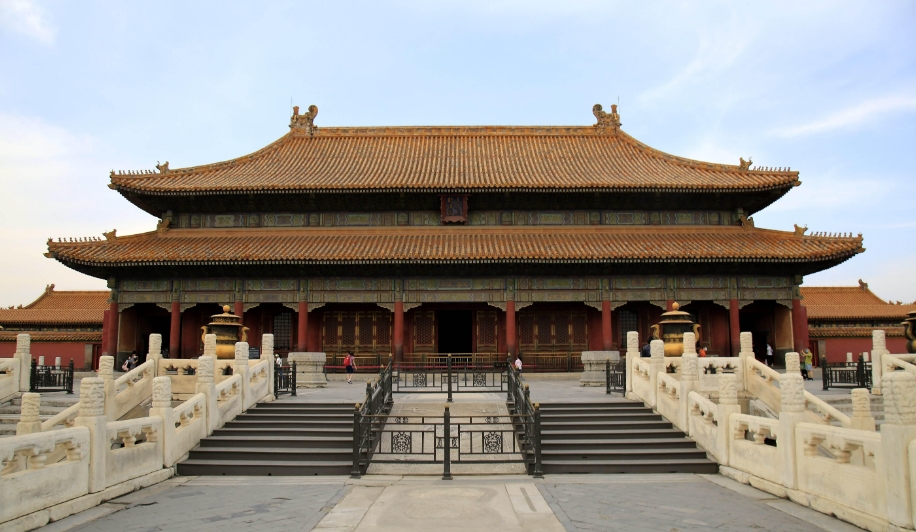
The Forbidden City: A Symbol of Imperial Power and Cultural Continuity in AP World History
The Forbidden City, a magnificent palace complex located in the heart of Beijing, China, stands as a testament to centuries of imperial power and cultural continuity. Constructed during the Ming Dynasty and serving as the political nerve center for both the Ming (1368-1644) and Qing (1644-1911) dynasties, it offers a tangible link to China's intricate past and its impact on the world stage.
A Seat of Power:
- Construction and Design: Emperor Yongle, the third Ming ruler, ordered the city's construction in 1406. Its meticulous design, adhering to strict principles of cosmology and hierarchy, reflected the emperor's supreme authority as the "Son of Heaven." The complex, spanning over 180 acres and boasting 980 buildings, was built using sophisticated engineering and craftsmanship, exemplifying the technological prowess of the era.
- Political Significance: The Forbidden City was not just a residence; it was the heart of the Chinese empire. Within its walls, emperors held court, issued decrees, received foreign dignitaries, and orchestrated the affairs of state. The layout, with its north-south axis and series of courtyards and gates, reinforced the emperor's elevated position and the centralized nature of Chinese governance.
A Cultural Microcosm:
- Architectural Style: The Forbidden City's architectural style, characterized by sweeping roofs, vibrant colors, and intricate ornamentation, became synonymous with Chinese imperial architecture, influencing design across East Asia. The use of specific colors, such as yellow for the emperor and red for good fortune, further reinforced symbolic meaning and cultural values.
- Art and Artifacts: The vast collections housed within the Forbidden City – from exquisite ceramics and jade carvings to calligraphy masterpieces and imperial robes – offer a window into the artistic and cultural achievements of China's imperial past. These treasures provide insights into the daily lives of the emperors, the social hierarchy, and the prevailing philosophical and religious beliefs.
The Forbidden City's Global Significance:
- Center of Trade and Diplomacy: As the capital of China, the Forbidden City attracted envoys and merchants from across the globe. This interaction facilitated trade along the Silk Road, spreading Chinese innovations and cultural practices westward while simultaneously exposing China to new ideas and technologies.
- A Symbol of Continuity and Change: Though the Forbidden City ceased being the political center in 1911 with the fall of the Qing Dynasty, it has endured as a powerful symbol of Chinese history and culture. Today, a UNESCO World Heritage Site, it attracts millions of visitors each year, offering a glimpse into a bygone era and sparking continued fascination with China's rich and complex past.
Questions and Answers:
- Q: How did the Forbidden City's design reflect the emperor's power?
A: The city's layout, with its north-south axis and series of courtyards and gates leading to the emperor's throne room, emphasized the emperor's central position and the hierarchical nature of Chinese society. This design reinforced the idea of the emperor as the "Son of Heaven," ruling with a mandate from the heavens.
- Q: What role did the Forbidden City play in global interactions during the Ming and Qing dynasties?
A: As the capital and political center, the Forbidden City attracted foreign dignitaries and merchants, facilitating trade and diplomatic exchanges. This led to the spread of Chinese goods, technology, and cultural practices along the Silk Road and beyond.
-
Q: Why is the Forbidden City significant in the study of AP World History today?
A: The Forbidden City provides a tangible link to understanding imperial China's political systems, social structures, and cultural achievements. Its architecture, art, and historical artifacts offer invaluable insights into a pivotal period in world history and its impact on global interactions.